Imperata: varieties, planting and care
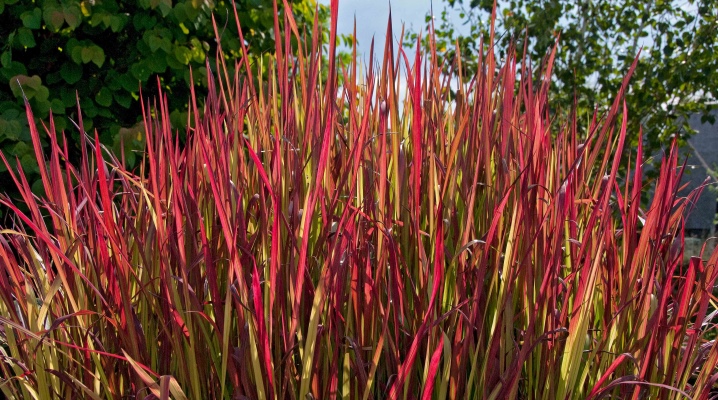
The impera herb plant looks attractive and will beautify any home garden. Gardeners, especially beginners, need to know all the intricacies of handling him. We will tell you where and how you can grow this crop, how to use it in garden design, how to care for it.
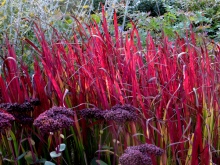
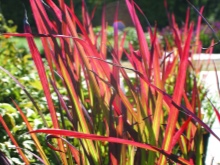
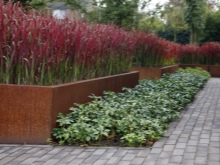
Description
The herb of the impera is not one species, but a whole genus, which is part of the Cereals family. The name is associated with the name of the Italian naturalist Ferrante Imperato. For crops from this genus, a large length of rhizomes is characteristic. The height of erect stems reaches 0.2 - 1.5 m. In most cases, the leaf plates have a clean, smooth surface.
The tongues of the imperata are of the membranous type, and the short-eyelid type prevails along the edge. The plates are linear, sometimes flat or loose. They are characterized by increased rigidity. The main inflorescences are quite dense and are painted in a white-silver tone. The formation of cylindrical panicles, similar to ears, is characteristic.
The caryopses are elliptical and brown. The culture comes from Southeast Asia. China and Japan are also its natural habitat.
The emperor quickly mastered all parts of the world with a warm climate. In the post-Soviet territory, it is found mainly in the Caucasus. Most often you can see it on sandy and pebble areas.
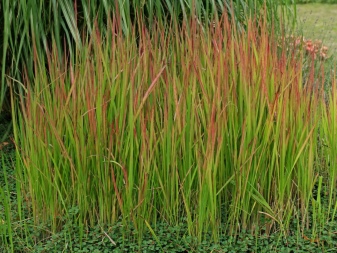
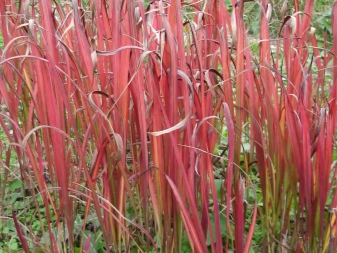
The Emperor is rapidly populating the sites of felling and burning. In tropical countries, plants of this genus cause great damage to agriculture. Problems of this kind are especially great in the southern United States. The stems of the impera are very sharp, it is impossible to use them for livestock feed. Even wild animals do not eat these plants.
At the same time, the decorative qualities of the imperials cannot be questioned. Traditionally regarded by agronomists as a weed, the plant is prized by landscape designers for its unusual leaf shape, which has a rich red tint. The leaves of the impera are characterized by a clear geometric shape. Its colloquial name is "red lightning". The attractiveness of the species for domestic conditions is also associated with its increased frost resistance, which makes it possible to grow a crop in most of the territory of Russia.

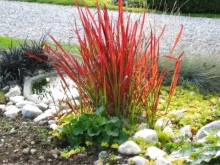

Views
For cultural purposes, only the cylindrical impera, originating from the western regions of Africa, is used. This is a perennial herb that occurs naturally in certain areas of the temperate climatic zone. She predominantly populates:
- pastures:
- roadsides;
- developed and abandoned fields;
- sand dunes;
- dumps of rocks.
Also, a cylindrical impera can wedge into thickets of dry bushes. Its leaves turn yellow-green. Leaf height sometimes reaches 1 m. They have a finely serrated edge. The diameter of the flowers is up to 0.2 m.
The flowering period in temperate climates occurs in March, April and May, while year-round flowering is typical in tropical and subtropical regions.

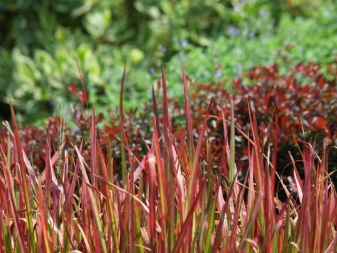
Due to the increased genetic mobility of the imperial easily adapts to a wide variety of environmental conditions... Natural propagation of the plant takes place by scattering seeds. One adult specimen forms up to 3000 seeds. They remain viable for 12 months. Variety of cylindrical impera "Red Baron" is less invasive and more rare flowering.
In most cases, the "Red Baron" is slightly shorter than other types of imperates. Its length may not exceed 0.6 m. In the summer months, the tops of the "blades" acquire a red-garnet tint. It is common to increase the burgundy color during the growing season. Also a characteristic feature of Red Baron is relatively fine texture - many other garden crops cannot produce such thin and graceful foliage.

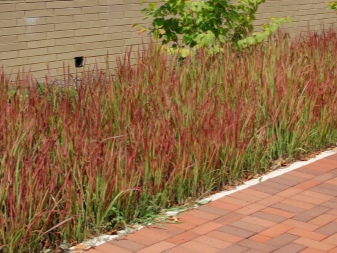
"Red Baron" is unpretentious and needs early spring pruning. Its main use in landscape design is a combination with other plants in a flower bed. Also, this culture gives good results with mass uniform planting and growing in containers. It is worth noting quite frequent complaints that the plant may lose its cultural characteristics and return to its previous invasiveness. The Brazilian emperor, found in South and Central America, also deserves attention.
It is characterized by:
- up to 1 m high;
- basal foliage;
- dense paniculate inflorescences;
- seeds not larger than 1.3 mm.
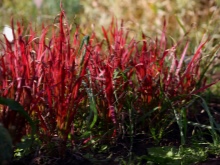
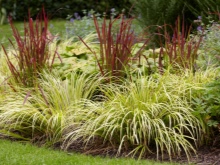
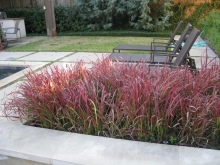
Planting and care in the open field
Cylindrical emperor, for all its resistance to cold, does not make sense to grow in regions with an unstable climate. When planting a plant, gardeners have to work in tight gloves, as the leaves can damage the skin. All care is reduced to the removal of excess shoots and to the autumn pruning of the tops to 0.1 m. Landing takes place like this:
- choose a sunny, well-drained place;
- dig a hole up to 0.2 m;
- put a mineral mixture there from any garden store;
- bury seeds or seedlings with developed roots;
- cover the planting with earth.


Disease and pest control
Imperata is a rare plant that simply has no natural enemies in our climate. Neither birds, nor animals, nor insects encroach on this culture. Only in very mild and damp winters can a fungus infection occur. Universal fungicides, primarily Fundazol, help to fight it. There is no need to take any other measures.

Beautiful examples in landscape design
This is what an impera might look like in a Japanese-style garden. On the shore of a pond, framed by other plants and next to a stone path, it is perceived as very appropriate.
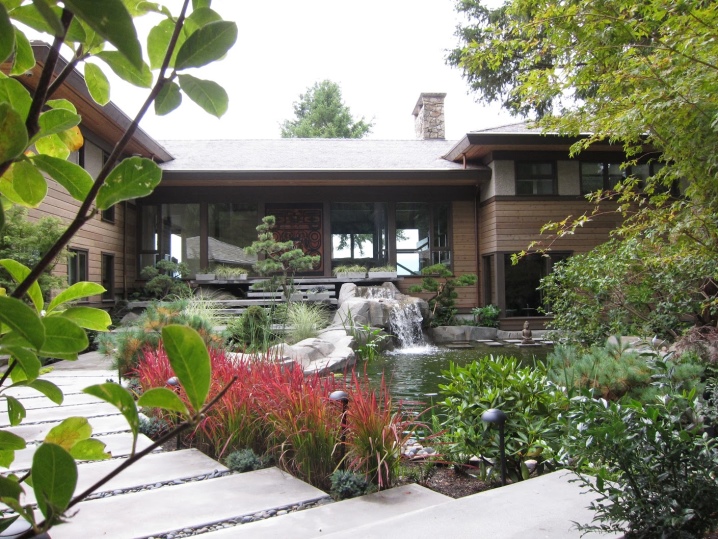
But you can plant this culture in the so-called rock garden. The photo shows how good the combination of the impera with other field plants looks.
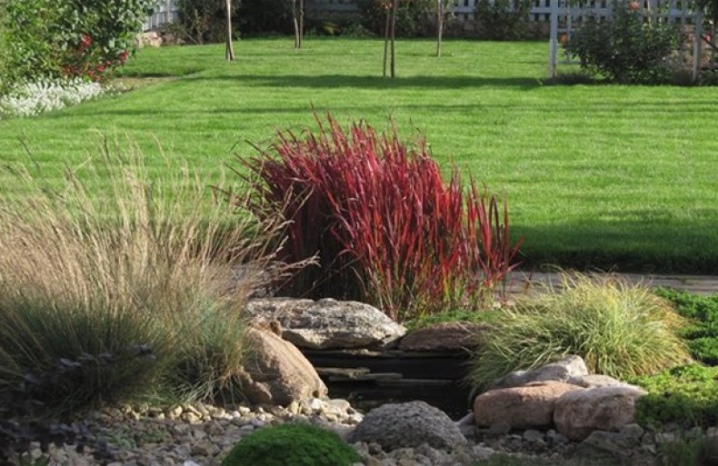
But framing a relatively short ephedra would also be a good idea.
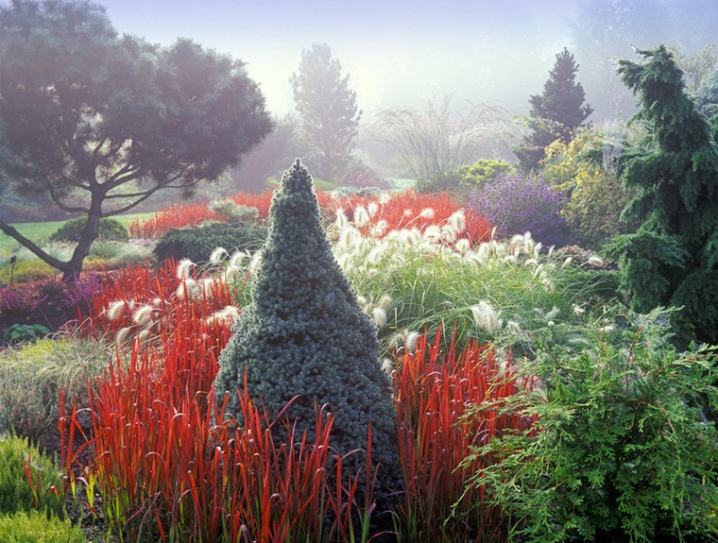
For the cylindrical imperate, see below.







































































































The comment was sent successfully.